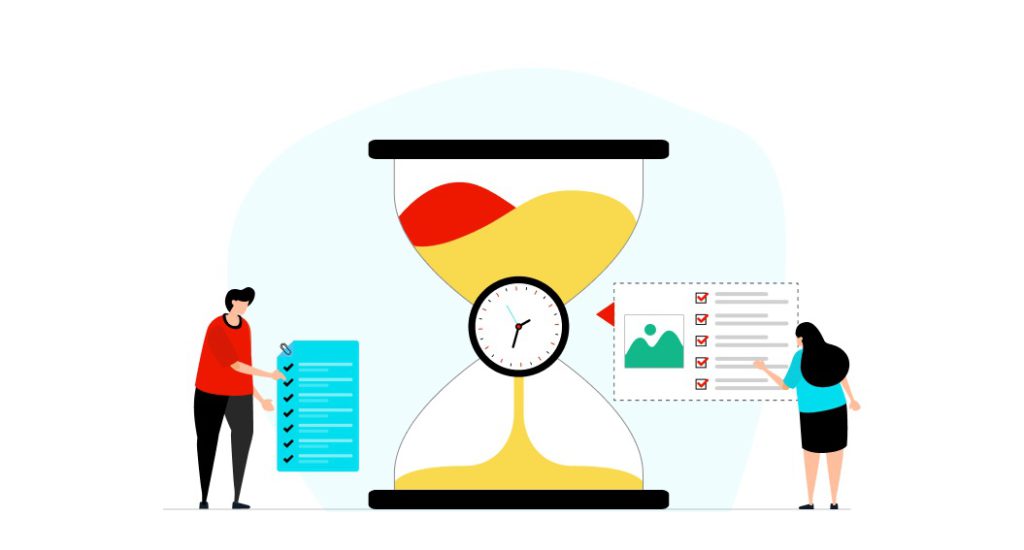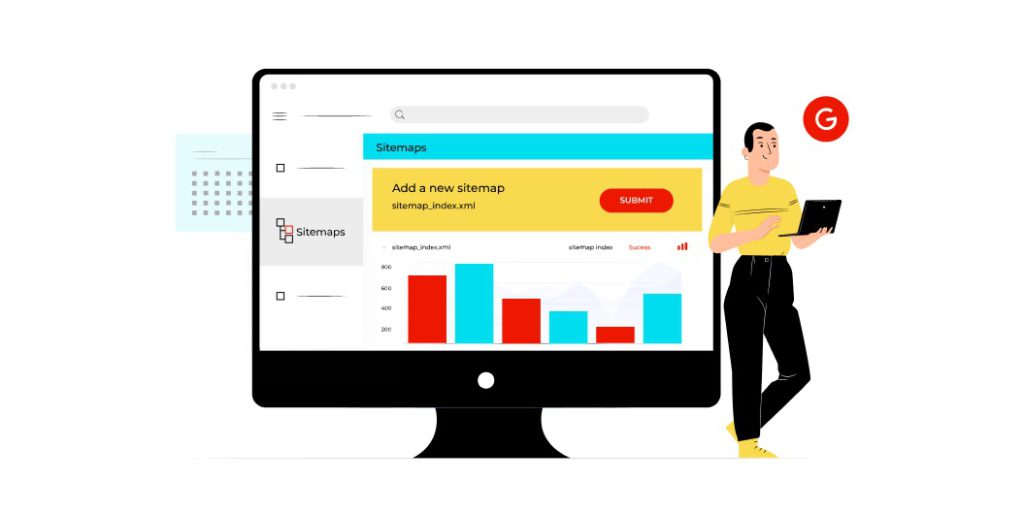Paige Griffin
Paige Griffin is a seasoned Content Writer with expertise in blogging, writing creative and technical copy for direct response markets for B2B and B2C industry.
If there’s one cardinal rule that you simply can’t avoid in today’s digital marketplace, it’s the need to integrate consumer expectations and...
If there’s one cardinal rule that you simply can’t avoid in today’s digital marketplace, it’s the need to integrate consumer expectations and eCommerce technology to be able to evolve at a lightning-fast pace. Failing to acknowledge this reality and continuing with outdated practices can only create roadblocks and shortcomings in your brand’s efforts to seek a winning digital user experience.
To make the most of the digital space, and ensure that your brand is always prepared to meet and exceed the needs and desires of its consumers, it’s important to know how an eCommerce migration or re-platforming can help and support your business during times of momentous digital transformation.
Upgrading an eCommerce platform can help business owners expand their marketing strategy and reach, leading to an increase in customers and business. With the right platform, a retailer can be truly global, ensuring that their reach extends almost anywhere there is consistent internet access. eCommerce re-platforming also helps retailers provide a secure and pleasant buying experience to mobile users and enhance customer engagement – becoming a critical part of the eCommerce package.
If you’re not familiar with the concept of re-platforming, Ben Staveley of Econsultancy offers a direct and straightforward explanation that easily encompasses the process and end goals of this kind of project. Essentially, re-platforming is all about moving from your current digital business operations from one eCommerce platform to another in the hope of gaining headway in an increasingly disrupted and complex digital marketplace.
…for more complex sites and web applications, managing upgrades and revamps becomes more difficult… That’s where the idea of platforming comes in. This is the process by which an eCommerce site will move from one platform to another. – Ben Staveley, Econsultancy
By reviewing multiple eCommerce platform options – often with the help of a team of web development experts a brand can bolster its digital customer features and functionality, as well as move away from the unnecessarily costly and hard to implement upgrades and renovations that come with staying tethered to dated and inefficient solutions. Generally, this plan to enact a shift toward new mobile and desktop iterations of a chosen platform serves as the first key decision in a greater commitment to a higher quality eCommerce user experience across multiple devices.
As far as the benefits of installing a new eCommerce platform go, apart from enhancing the functionality and performance of your website for your digital consumers; it also makes certain that your brand doesn’t fall behind its industry competition. Replatforming allows you to capitalize on new opportunities to increase revenue and improves business agility. In the age where the experience takes center stage, re-platforming is the key to ensuring that it is a seamless one.
Companies that commit to re-platforming are able to manage the following factors much efficiently within their eCommerce endeavors:
While the reasons to change eCommerce platforms are varied and often quite vital to the development of a Digital Commerce business, some risks shouldn’t be ignored when considering the possibility of attempting the re-platforming process. Selecting the wrong platform or failing to correctly customize the platform to fit the needs of a specific business can lead to a disaster. It’s important that business owners educate themselves about some of the specific issues they might encounter as they pursue the re-platforming eCommerce process.
While various problems can come up during an eCommerce re-platforming, some tend to be more prominent than others. Five of these are discussed in detail below, with their potential consequences.

Almost every business out there wants to increase its reach and generate more leads in order to make more sales. However, a platform that performed perfectly well when the business was only interested in a niche market located in a single country might not be appropriate when the business decides to expand its audience. When the number of individuals purchasing items or services as well as the number of countries in which these customers might be located increases, many platforms quickly prove to be unable to handle the new traffic and demands.
Hence, it’s essential to assess eCommerce platforms for their scalability carefully.
If a business was to grow quickly and significantly, how would the platform in question respond? Would it be able to handle the new demands placed upon it? It’s a good idea to select a platform that will successfully scale up or down to meet the business needs. Even if business owners don’t necessarily anticipate that kind of growth, it’s better to take the issue into consideration now rather than later. Taking the time to re-platform only to discover that the new platform is unable to scale to handle different business needs properly is a common issue that can disrupt sales and turn out to be time-consuming.

It’s not uncommon for a project to begin with a clearly defined objective based upon a predetermined idea of the scope of the issue and the resource planning needed to address it. It’s even less uncommon for this neat idea of how the project should proceed to go ashtray as unforeseen issues are unearthed during the process. A re-platforming eCommerce project is certainly not an exception to this phenomenon. It should be assumed that there will be various issues that are sure to arise and demand the full attention of everyone on the team.
In order to ensure that a project plan isn’t completely derailed when the all-but-inevitable arises, take time to ensure that plans are created with flexibility. It’s important that the team is to adapts the plan as needed in order to ensure a successful delivery that depends upon the new scope of the project. Plans that are created rigidly and leave no room for change are dangerous because they run the risk of turning a re-platforming project into a derailed mess that didn’t have any room for managing risk.

Businesses today are heavily focused on search engine optimization (SEO) – and understandably so. Correctly utilizing SEO can help expand a brand’s reach through search engine results. Savvy businesses that are researching a new eCommerce platform will carefully consider their SEO needs and have specific considerations when looking at the functionality of the platform in question. It’s essential to understand what specific SEO goals a business has and how they plan to meet them using their eCommerce platform so that the potential eCommerce platform can be vetted to gauge its SEO abilities.
Many eCommerce platforms will advertise themselves as being “SEO efficient” or “SEO friendly.” In reality, this often means that the platform in question can meet the basic SEO needs of a company. They usually don’t consider things like URL structure, Robots.txt files, media alt tags, or user-generated content that are important to keep in mind while developing a comprehensive and successful SEO strategy. This is why business owners must do their research before selecting a platform. Not doing so could land them with a platform that is not capable of handling their SEO needs, and instead requires a lot of additional customization that was not part of the original replatforming plan.

The eCommerce re-platforming process is an incredibly complex one to begin. Many different factors decide whether or not the process is finished on time and meets all goals set. As with anything in life, communication is key in the business world. This is especially true of interdepartmental communication when major changes like an eCommerce re-platforming are underway. Many business owners are content to simply assign the project to a particular team and let them develop the plan, select the platform, and handle the conversion process. This isn’t the best idea, because it essentially ensures that only one department has an in-depth working knowledge of the new system.
Bringing in multiple departments to the eCommerce restructuring process is a great way to keep the company informed about new features and changes. No one will be completely caught off guard by the changes when using this approach. Fostering a sense of community and collaboration within a company that spans across departments is one of the best ways to ensure that the key stakeholders can bond together and accept change easily — the more people involved in the eCommerce re-platforming process, the better.

This is a particularly difficult step. It requires a business owner to be knowledgeable about the technology and potential developments and take a careful look at their own business to be able to predict future requirements. Almost everyone wants their company to see steady growth. Unfortunately, not every business will grow – and even those that do, the rate might not be quite what the entrepreneurs are hoping for. That’s not to say that the growth is random, however, because in reality there are different ways to measure and predict future growth. The business owner must take the time to objectively look at the data before committing to an eCommerce re-platforming consultant. This means that they attempt to visualize, based on data, where their business will stand in a given period.
With that said, do not make the mistake of attempting to “future-proof” your eCommerce platform. It’s possible that the technology will look very different in a few years as the needs and demands of the many dictate change, and the platform that seems like an incredible value now might seem less appropriate. Instead, make smart choices based on realistic expectations and the knowledge that eCommerce re-platforming is a fairly common occurrence for many businesses. It’s not entirely necessary to create the perfect choice right this moment, in other words. Smart business owners will make the choice that makes sense now and will continue to make sense over a specific time, after which they will reevaluate their business’ needs and the performance of the platform in question.
If you know how to look for the signs and symptoms of a currently inadequate platform, then cutting through the uncertainty and making a smart judgment regarding replatforming becomes a significantly more manageable affair.
It’s a process that can strike fear into the heart of any web developer or eCommerce manager but actually, if approached in the right way, it can be incredibly beneficial. – Ben Staveley, Econsultancy
Some of the most apparent indicators of a platform in need or retooling or replacement include:
While these signs are by no means the only way to reach a conclusion on re-platforming, they serve as a powerful foundation for making an appropriate decision. Additionally, reaching out to a team of trusted web and digital product development experts can solidify your brand’s stance on re-platforming and bring to light other symptoms that point to the need for this kind of eCommerce upgrade.
To promote a smooth and successful transition to a new platform, brands should adhere to a strict set of industry best practices and guidelines during the process. Failing to do so can lead to missed launch dates, unfulfilled consumer expectations, and countless other unforeseen issues that can wreak havoc on the overall business. The following list of considerations is essential as you plan the re-platforming of your current eCommerce portal:
If you’re able to follow these practices and guidelines, enacting a successful re-platforming strategy can become a far more manageable and practical task.
It’s important to understand that throughout this process, the goal of re-platforming is to transform and improve your business and its standing in the digital marketplace. In many ways, this means that re-platforming serves as the foundation for the digital transformation of your business.
The commerce platform is the foundation of business transformation. A new eCommerce engine enables new agility, capabilities, experiences, integrations, even new products. Be prepared to revamp business processes and take an ongoing, iterative approach to what is, essentially, a business transformation project. – Lily Varon, Forrester Research Blog
Making the switch to a new eCommerce platform isn’t just a static decision; it has lasting ramifications that can alter and augment your approach to doing business in the digital marketplace. Committing to a continuous and iterative approach is the only true way to embrace business transformation and build toward a successful and prosperous future for your brand.
Replatforming is a complex and vital piece of the puzzle for the online store to succeed. However, with a well-thought-out plan leading the way, this business transformation doesn’t have to come with unnecessary stress and concerns. From garnering a basic understanding of how replatforming works and why this change is often inevitable if your brand plans to up its engaging digital customer experience, to gauging the need for your brand to make a switch on this front, you can lay the foundation of the first steps of this move toward a new eCommerce platform.
Once you’re ready to make a switch, leveraging the knowledge of the industry best practices and standards, and seeking the help of a team of web development experts, you can ensure that you find and implement the right platform for your business needs. Throughout all of this, it’s also important to hold fast to the realization that re-platforming isn’t a one-time event; it’s a continually evolving process that seeks to keep you on the cutting edge of the digital world.
With this perspective on business transformation and proper eCommerce management guiding your business, there’s only one question left to ask: Is your brand ready to embrace the future of digital commerce and start down the path toward a lasting and fruitful replatforming solution?
Suggested:
How to pick the perfect brand identity for your eCommerce business?
Strategies to Adapt Your Ecommerce Store as Coronavirus Impacts Shopping Worldwide.
How You Can Save Your Ecommerce Store From Digital Darwinism In 2021?